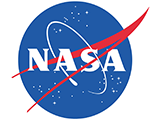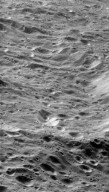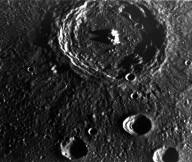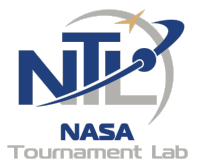To Boldly Go Where No Code Has Gone Before
Published Mar-13-12Breakthrough:
Open innovation contest to automatically detect craters in orbital images.
Company:
NASA, United States
The Story:
 With the vast expanse of the Universe, and the sheer volume of data beamed back from telescopes and robotic missions, space scientists need all the help they can get to enable them to better explore what’s out there in the heavens.
With the vast expanse of the Universe, and the sheer volume of data beamed back from telescopes and robotic missions, space scientists need all the help they can get to enable them to better explore what’s out there in the heavens.The NASA Tournament Lab is an online platform set up by NASA, Harvard Business School, and TopCoder. It gives the TopCoder community of more than 300,000 programmers opportunities to compete amongst each other for innovative solutions to challenges faced by NASA researchers.
In June 2011 the two-week NASA NTL Marathon Match 2 took place to create software to automatically detect craters from remote sensing images. Detecting impact craters is important because they provide a lot of information about a planet’s geology and also help mission planners when they are looking for landing sites. The data also feeds into rover navigation.
To help participants develop their algorithms they were given a dataset that had been generated through a Citizen Science initiative at the Zooniverse Project. Thousands of manually labelled craters from orbital images that had been captured by the Apollo 15-17 and Lunar Reconnaissance Orbiter missions were used as inputs for creating and testing software programs.
Open Innovation On-Demand
The open innovation model of finding solutions is one that NASA has been embracing for a number of years: “We’re always looking at ways to fill gaps in our technical capabilities,” said Jason Crusan, chief technologist for NASA’s human exploration operations.
For NASA the benefit is clear. The space agency can use the crowdsourcing prize model to request a computational program or algorithm for a relatively modest amount of prize money. By tapping into the brains of the most skilled and knowledgeable community members it receives operational bespoke software for a fraction of the price it would otherwise cost.
Participants benefit as well. There’s the chance to walk away with a pocketful of cash, experience of working on tough challenges, and a mountain of kudos.
And Harvard gets something out of it too; principally a lot of data for its academic research on how collaborative and competitive communities work. In addition to the lab’s numerous contests, Professor Karim R. Lakhani (Harvard Business School and Director and Principal Investigator of the Lab) and Professor Kevin Boudreau (London Business School and Chief Economist of the Lab) are testing hypotheses and analysing data from contests to come up with better ways of designing and implementing prize-based challenges.
Houston, We Have a Winner
The winner was TopCoder member nhzp339 from China who won $5,000, and there were smaller cash prize awards for the next five highest scorers in the marathon match.
The new algorithm will help the space agency to better process the ever expanding library of images of the Moon, Mars and other planetary bodies.
And with each new competition it embarks on, NASA learns more about prized-based crowdsourcing contests, to enable it to better explore our Solar System and beyond.
Next Story »



